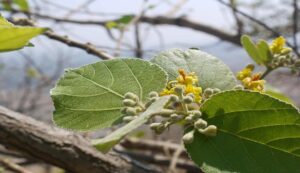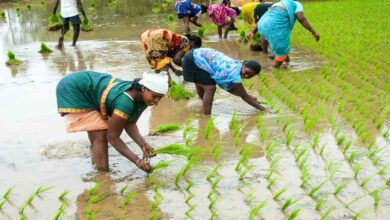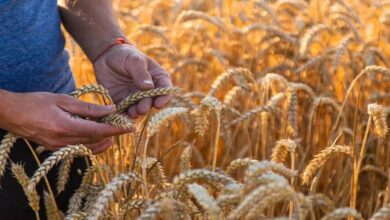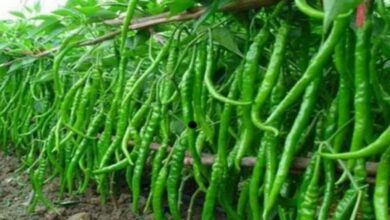AGRICULTURE
Grewia Subinaequalis: Cultivation of this fruit will increase the income of farmers manifold, know how to do it
Grewia Subinaequalis: Phalsa is a fruit of Indian origin that is popular in the summer because of its cooling properties. It is a resilient plant that thrives in arid and semi-arid environments. Farmers in Haryana, Rajasthan, Punjab, and Uttar Pradesh are the primary cultivators of phalsa in India. In addition to being delicious, this fruit has several nutritional and therapeutic benefits.

Growing phalsa is a fantastic way for farmers to make more money with less water and expense. It is particularly unique for summer because of its cooling impact and therapeutic qualities. By using the proper cultivation techniques, farmers may significantly boost their revenue. Let’s find out how
Phalsa’s Utility
- As fresh fruit and juice, they are consumed.
- Protein, vitamins, amino acids, fiber, and a variety of mineral salts are among its nutrients.
- Medicinal qualities: Applied to conventional Ayurvedic remedies.
- Additional applications include timber, fuel, and animal feed for the leaves, stem, and roots.
Soil and Climate
- The ideal environment for Phalsa growing is one that is hot and dry.
- It thrives in climates between 30 and 40 degrees Celsius.
- Sand or organic loamy soil that drains well is ideal for growing it.
- The ideal pH range for the soil is 6.1 to 6.5.
Planting and the right time
- Phalsa is planted from cuttings or seeds.
- Before planting, seeds should soak in water for a full day.
- Use healthy twigs that are 20–25 cm long for planting from cuttings.
- The best months are July through August (monsoon season).
- Make 60 x 60 x 60 cm trenches and fill them with cow dung manure one month before transplantation.
- Plants should be spaced 3×2 or 3×1.5 meters apart.
Management of fertilizer and manure
- Although the crop may be cultivated without manure, fertilizers are recommended for good quality.
- Each plant should get 10 kilograms of decaying cow dung manure annually.
- Add 40 grams of phosphate, 40 grams of potash, and 100 grams of nitrogen per bush.
Management of irrigation
- Phalsa plants need very little water.
- Lightly water once or twice throughout the summer.
- After trimming in the winter, water every 15 days.
- Good-quality fruit is produced by irrigation spaced 15–20 days apart during fruit development.
Gathering and trimming
- Pruning should be done while maintaining the bushy shape for increased yield.
- Pruning is done twice in South India and once in January in North India.
- To encourage the growth of additional new branches, prune at a height of 15 to 20 cm above the ground.
Fruiting and Blooming
- Phalsa plants flower between February and March.
- The tiny, yellow-colored blossoms are grouped together.
- The plants begin to yield fruit after 15–18 months, with the fruits ripening in April–May.
- After three years, a good yield is achieved.
Gathering and Promoting
- In April and May, fruits are gathered.
- The fruits turn from green to scarlet to dark purple as they mature.
- Harvesting takes place by hand and lasts for a month.
- Phalsa should be used within 24 to 48 hours since it spoils quickly.
- A yield of 5–10 kg per bush is possible.
Make money growing Phalsa
- In one acre, farmers may grow 1500 plants, yielding 50–60 quintals.
- Selling fresh fruits may provide a healthy profit.
- Contacting businesses that produce juice and other goods may result in large-scale sales.





